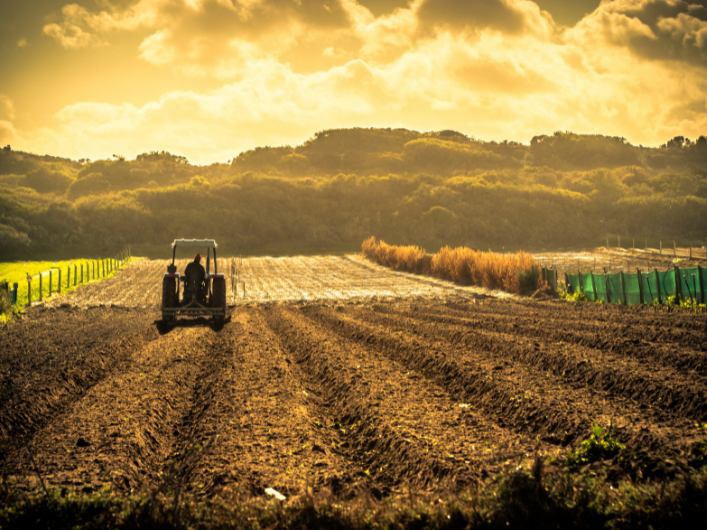
The year 2022 marks the 60th anniversary of the Common Agricultural Policy (CAP), one of the cornerstones of the European Union that has provided citizens with a wide variety of high-quality food. How has the CAP evolved since its inception?
In January 1962, the founding regulation of the policy was signed, giving birth to the first ever common rules on EU agriculture. The main objective was to support the farming sector after years of devastating war and famine.
Since then the CAP has evolved, but the original objectives remain valid, adapting to new market conditions and demands, as well as challenges such as climate change. As a result, today, the CAP supports an open single market for EU agricultural food products, ensuring affordable prices, maintaining high safety and environmental standards, and keeping rural communities vibrant.
However, the recent crisis produced first by the COVID-19 pandemic and then compounded by the Russian invasion of Ukraine has shown the importance of having a strong European policy able to ensure food production while maintaining, at the same time, safety standards in the world.
That is why the new CAP, effective from 2023, will enhance the transition towards a more sustainable, resilient, and fairer food production contributing therefore to the environmental, economic and social sustainability in the EU. This will also become a key tool in the achievement of the European Green Deal objectives.
For more details, read the visual story of the CAP. And if you wonder about the progress each Member State has done in developing its CAP Strategic Plan for the future Rural Development policy, have a look at the SHERPA timeline for EU programming.
Published by Miranda